Lately there’s been a lot of noise, speculation, and debate about what really defines survival horror. Opinions are flying around like bats in a haunted mansion. And while I respect every perspective, I think we have something even stronger to guide us: history.
Instead of getting lost in endless debates, let’s strip it all down and look at where it all started. Not to criticize anyone’s view because the beauty of gaming is that everyone is entitled to their own perspective but to celebrate the roots of a genre that shaped us.

The Birth of a Genre
The official term survival horror came with Resident Evil on March 22, 1996. That wasn’t just a release date it was the birth of a genre. Sure, there were important precursors:
- Sweet Home (1989, Famicom) – inventory, atmosphere, horror-driven story.
- Alone in the Dark (1992, PC) – tank controls, puzzles, eerie environments.
These games laid the foundation. But it wasn’t until Resident Evil that survival horror had a clear identity, a name, and a future.
The Term “Survival Horror”
Interestingly, the phrase survival horror was first used as a marketing tagline for the original Resident Evil (1996). At the time, it wasn’t meant to formally define a genre it was simply a catchy way to describe the tension of surviving through horror.

But the label stuck. What began as marketing quickly evolved into a recognized genre with its own defining traits:
- Limited Resources – scarce ammo, healing items, and save opportunities.
- Puzzles – often abstract or environmental, forcing you to think under pressure.
- Tank Controls – clunky but intentional, making movement feel heavy and deliberate.
- Fixed Cameras – creating cinematic tension and blind spots for added fear.
- Tense Environments – claustrophobic mansions, haunted towns, derelict ships.
- Vulnerable Characters – ordinary people or underprepared fighters, never invincible.
- A Drop of Action – enough to fight back, but always restricted to keep fear alive.
This combination is what transformed a marketing pitch into the foundation of an entire genre.
Enter Psychological Horror
If Resident Evil is the father of survival horror, then Silent Hill (1999) is the father of psychological horror. While Capcom’s formula leaned into biohazards and bioweapons, Konami twisted the focus inward towards guilt, trauma, and the human psyche.
It redefined what horror in gaming could be: less about monsters outside, and more about the ones inside. And yes, the steel pipe came in handy when conserving ammo.

Action Was Always There
Here’s a truth some overlook: survival horror always had action. Knives, pistols, shotguns even rocket launchers. What defined it wasn’t the absence of action, but limitation. Limited ammo. Limited saves. Claustrophobic maps. The genre was about forcing you to think and survive.

That balance of fragility and agency is what made games like Resident Evil 2 with Mr. X or Resident Evil 3 with Nemesis unforgettable.


The Golden Age: PlayStation 2
Ask any survival horror fan, and many will point to the PS2 era as the golden age. This is where the genre branched into new directions what I like to call the ramifications of survival horror.
- Clock Tower 3, Haunting Ground, Rule of Rose – games where you’re powerless, stalked, and vulnerable.



- Fatal Frame series, Kuon, Siren, Silent Hill 2–4 – existential, psychological, deeply disturbing experiences.






- The Thing, Cold Fear, Extermination, The Suffering – action-driven, but still rooted in survival design.




This era showed us survival horror wasn’t a formula, it was a spectrum.
Noticed I haven mentioned Resident Evil 4 yet? Wait for it…..

The Shift Toward Action
The GameCube and Dreamcast gave us unforgettable entries (Resident Evil Remake, Eternal Darkness, Code Veronica). But the shift began with Resident Evil 4. Revolutionary, yes. But it tipped the balance heavily toward action.

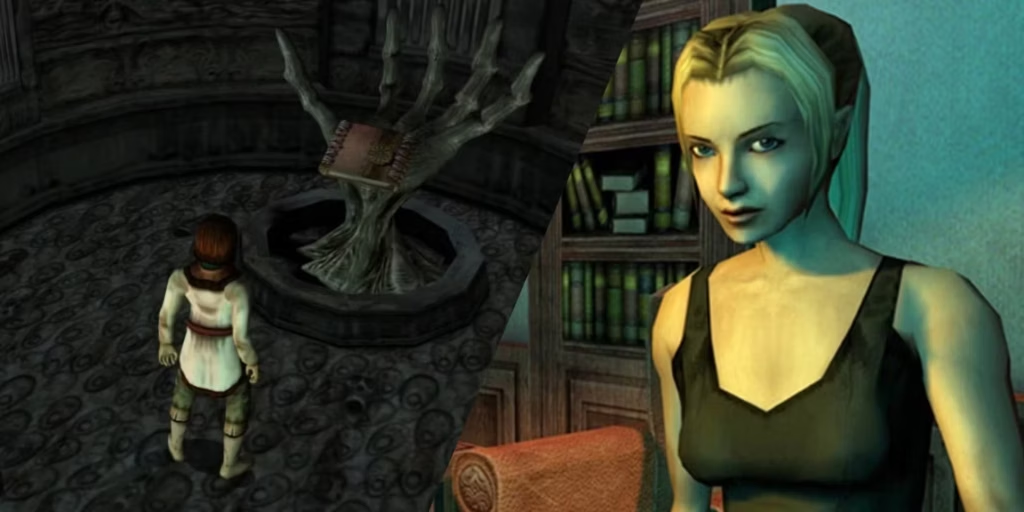
By the PS3 era, games like Resident Evil 5 and 6 or Silent Hill Homecoming leaned further into spectacle and firepower. They were still horror, but they divided the fanbase and pushed survival horror into a broader spectrum.

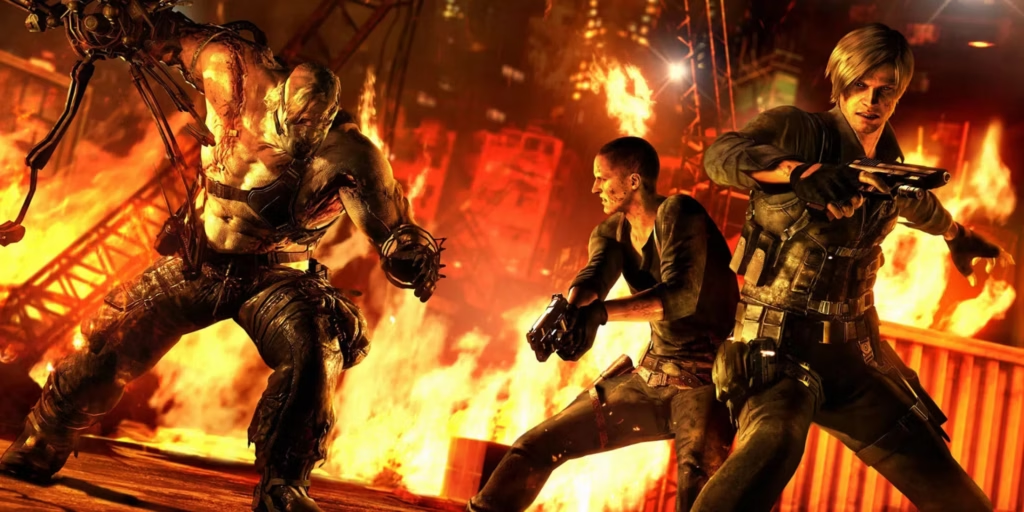
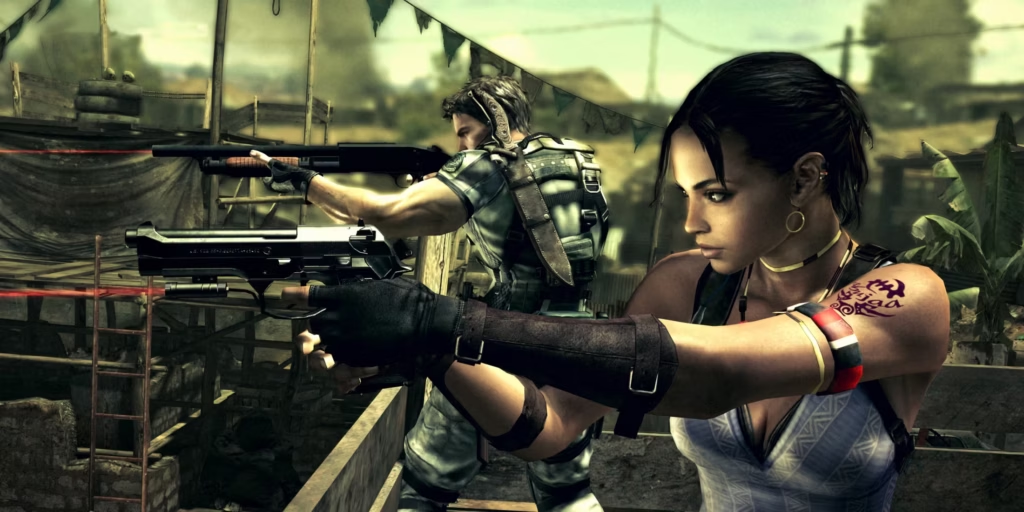
Dead Space, The Evil Within, and Revival
Games like Dead Space (2008) brought survival horror to sci-fi with limited ammo and dismemberment mechanics. Yet its sequels leaned more into action.

Meanwhile, The Evil Within blended Mikami’s survival roots with modern design showing that psychological weight could still live in a more action-leaning world.

But the true revival came with Resident Evil 7 (2017). First-person horror, claustrophobic spaces, and unrelenting tension brought the genre back to its core while Resident Evil Village showed how evolution could still balance old and new.
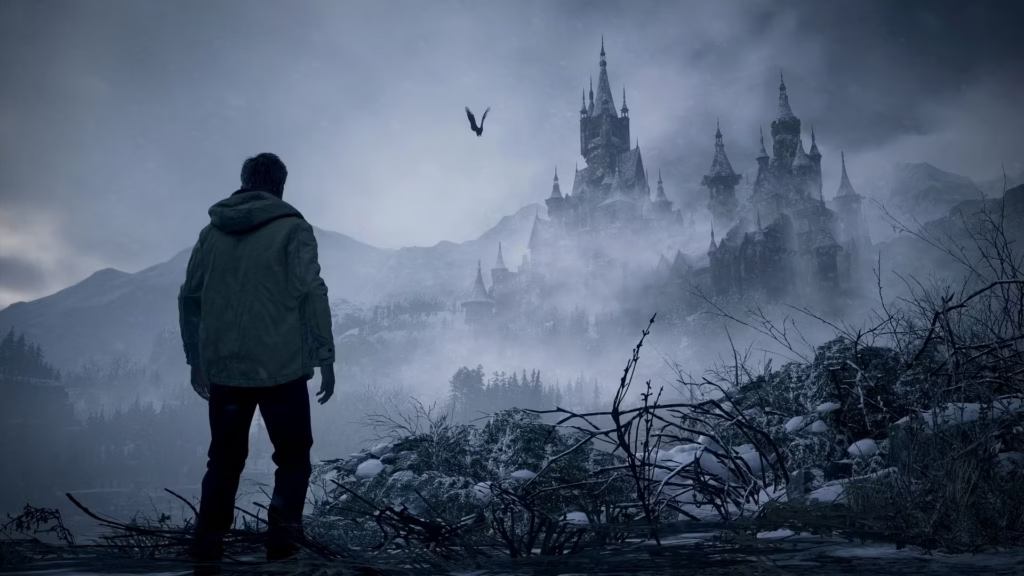

The Indie Flame
When AAA shifted, indie developers carried the torch. Games like Tormented Souls, Signalis, Alisa,Crow Country, Daymare, Heartworm, Conscript, and Hollowbody reminded us that survival horror thrives on creativity, not budget.
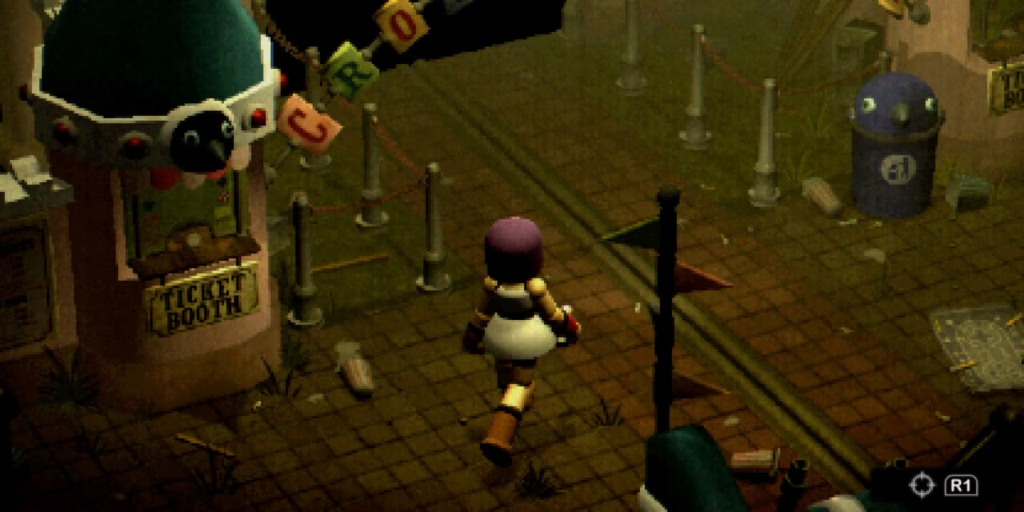



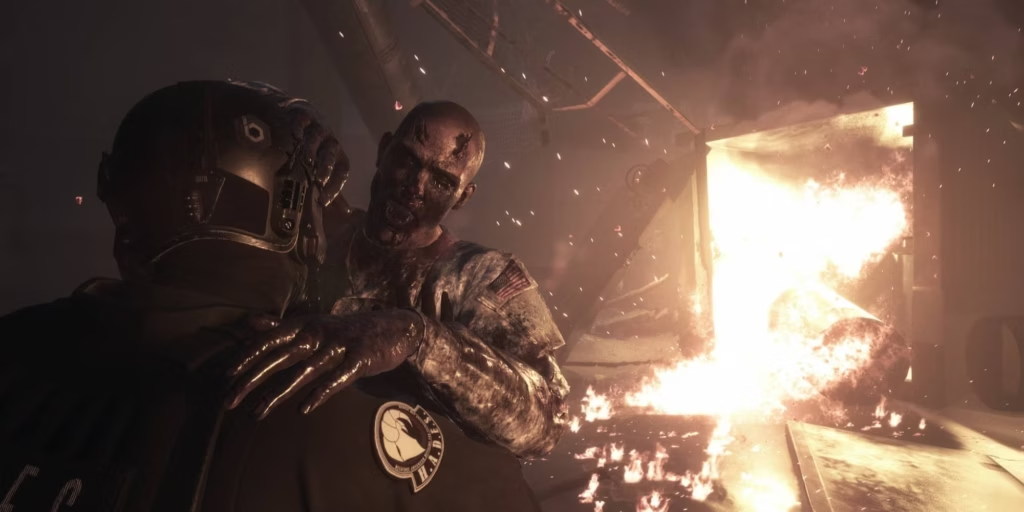
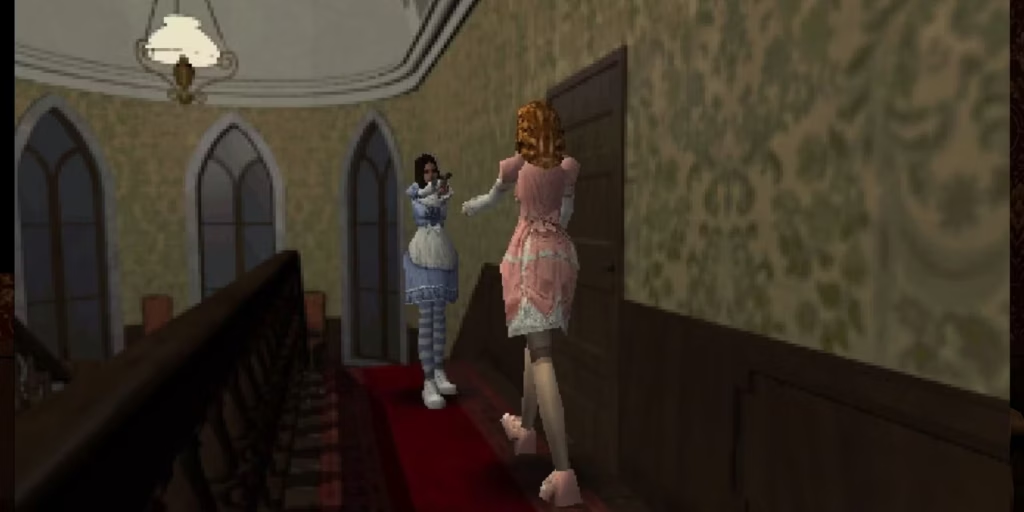
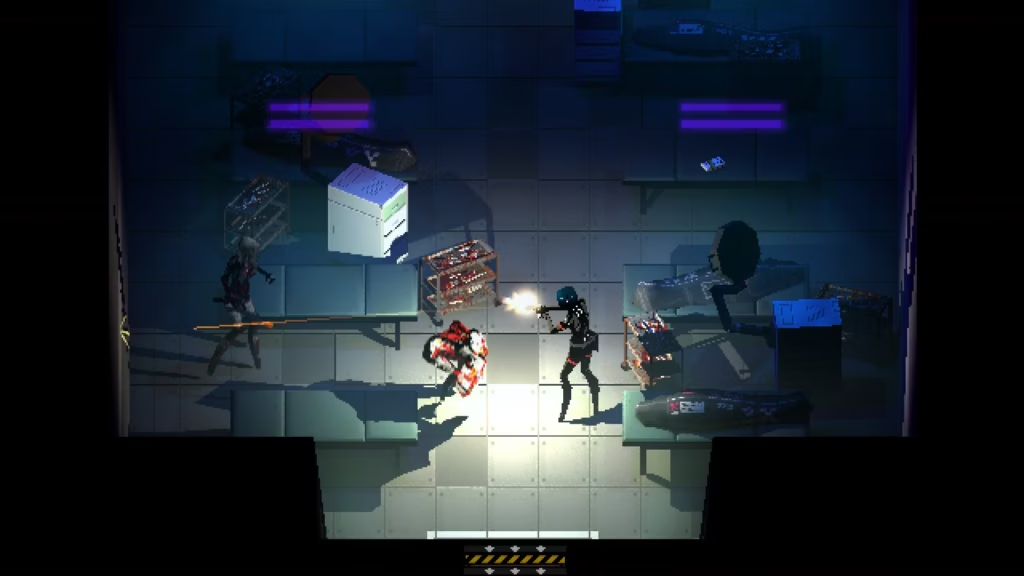

These titles respect the roots while experimenting with fresh ideas. They prove survival horror isn’t dead it’s evolving…
Modern Echoes of Survival Horror
Games like Alan Wake and The Medium show how the DNA of survival horror has evolved beyond its original formula. Alan Wake builds on tense atmosphere, and psychological storytelling packed with action, creating fear not just through combat but through its oppressive sense of dread and mystery. Alan Wake is its own kind of monster it’s a Psychological Action Thriller but somehow it’s still feels in comes from that original root.


The Medium pushes this further, embracing fixed perspectives, puzzle-solving, and vulnerability while intertwining psychological and supernatural horror. Both titles feel deeply rooted in the foundations of survival horror, proving that even as the genre branches out, it still carries the essence of those early design choices, but this is an example of how the Psychological Horror as a genre has evolved the same way Survival Horror has done over the years.
So, What Is Survival Horror?
Survival horror is not necessarily defined by the absence of action. It’s defined by limitation and vulnerability. The moment a player feels fully in control, the survival element fades away.
It’s about the fear of running out of ammo. The dread of the locked door. The terror of saving with only one ribbon left. The overwhelming sensation that you are not in control.
That’s survival.
Final Thoughts
Games evolve. Genres branch. Opinions differ. But at the heart of it all, survival horror is about stripping away control and making you confront fear whether it’s monsters, madness, or the darkest parts of yourself.
And maybe that’s why we keep coming back. Because we still remember those hallways, those footsteps, those single bullets left in the chamber.
And that, my friends, is survival horror.
👉 My question for you is:
When do you think the action became too much?
Here is a Video where I discuss this more in Depth!
Written by El Joe


One response to “What Is Survival Horror? A Journey Through Fear, Evolution, and Control”
This article hit me straight in the heart ! Congrats on the page! It’s Awesome!